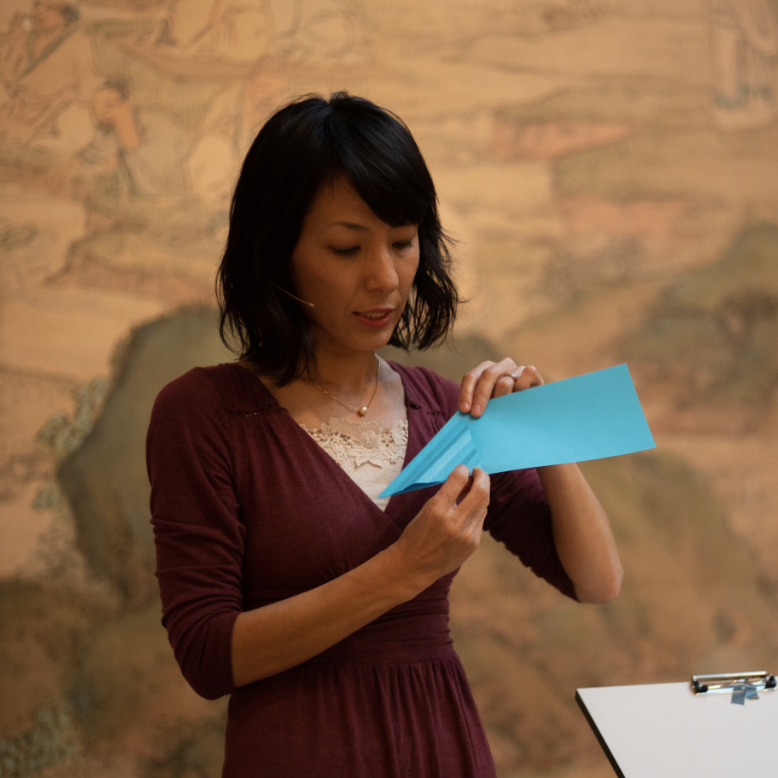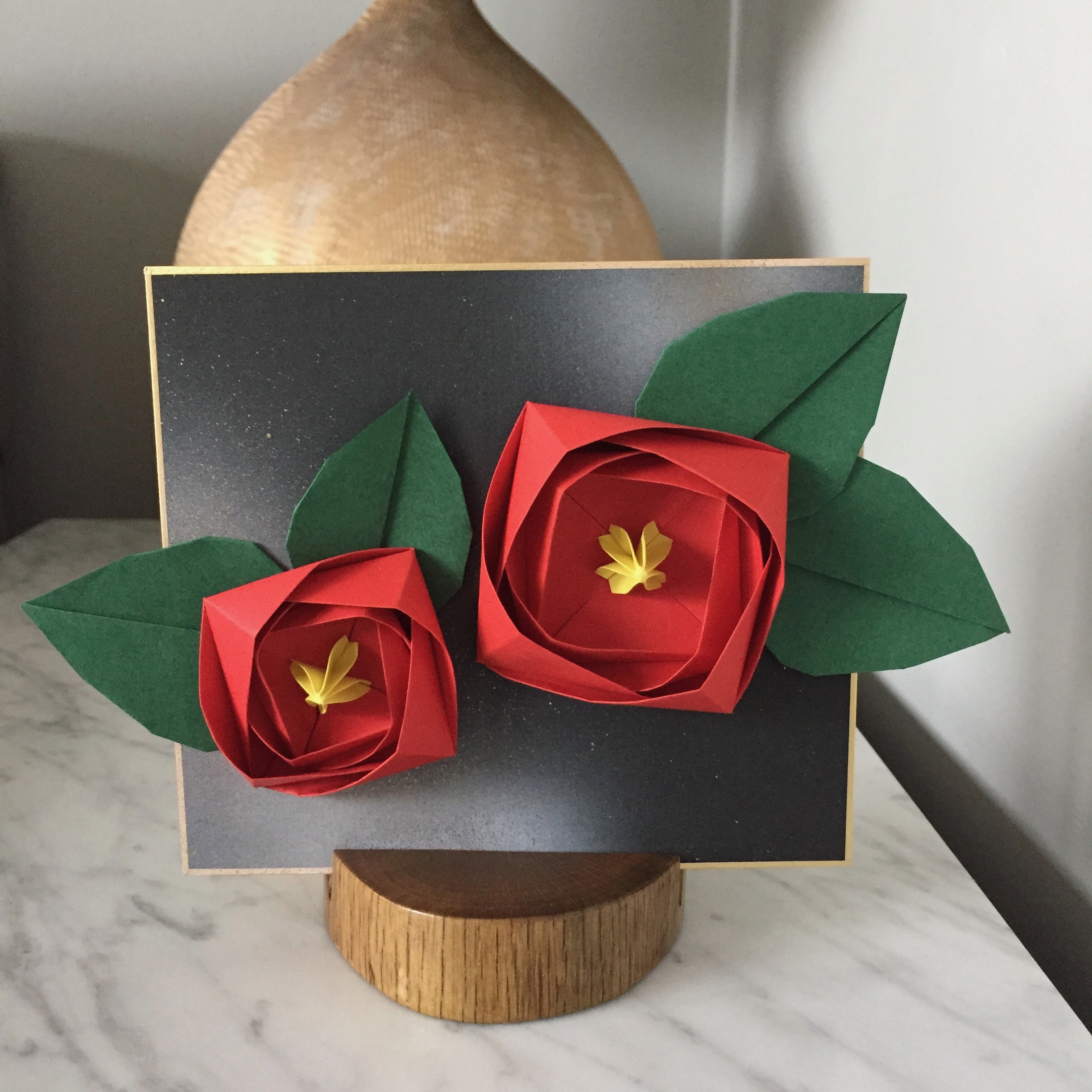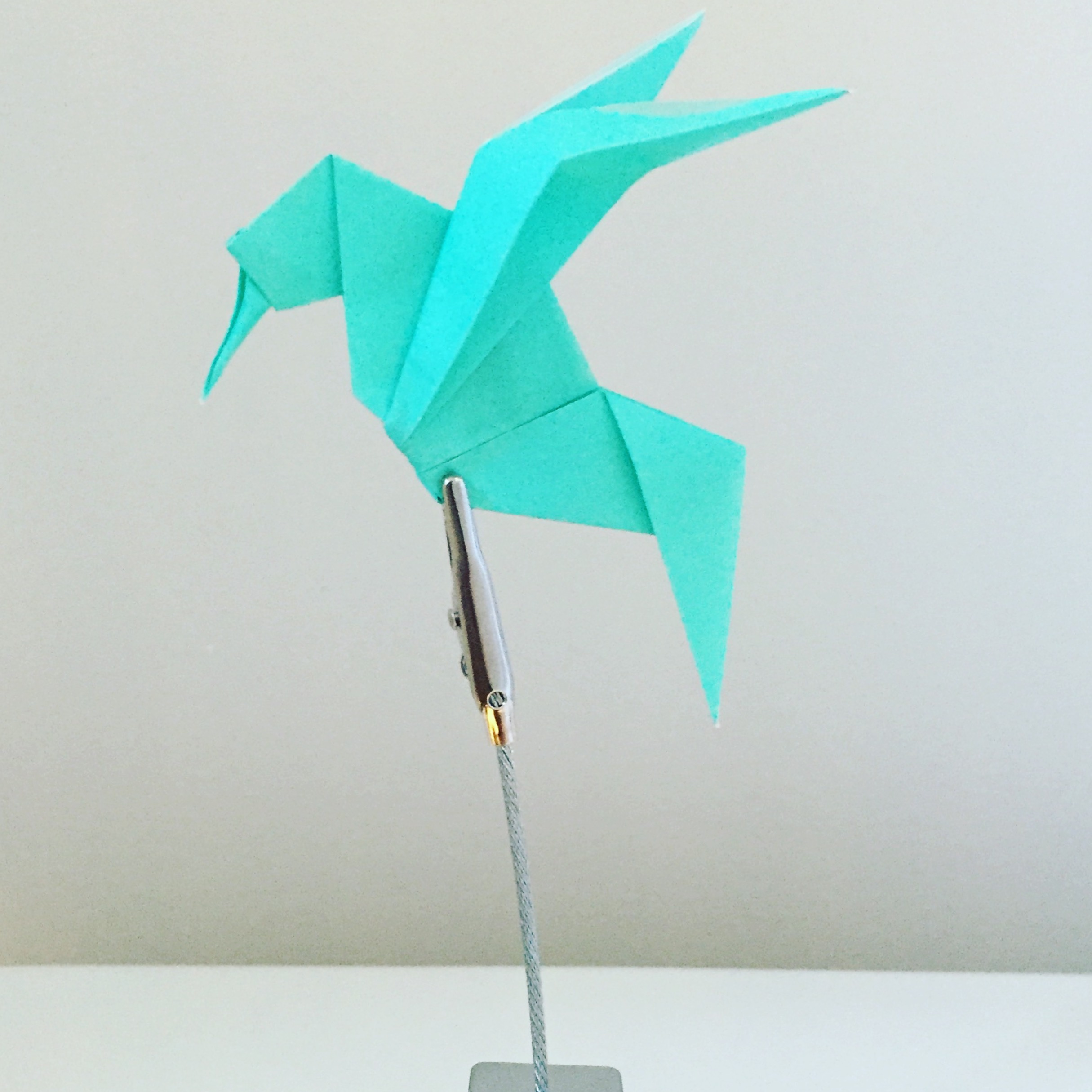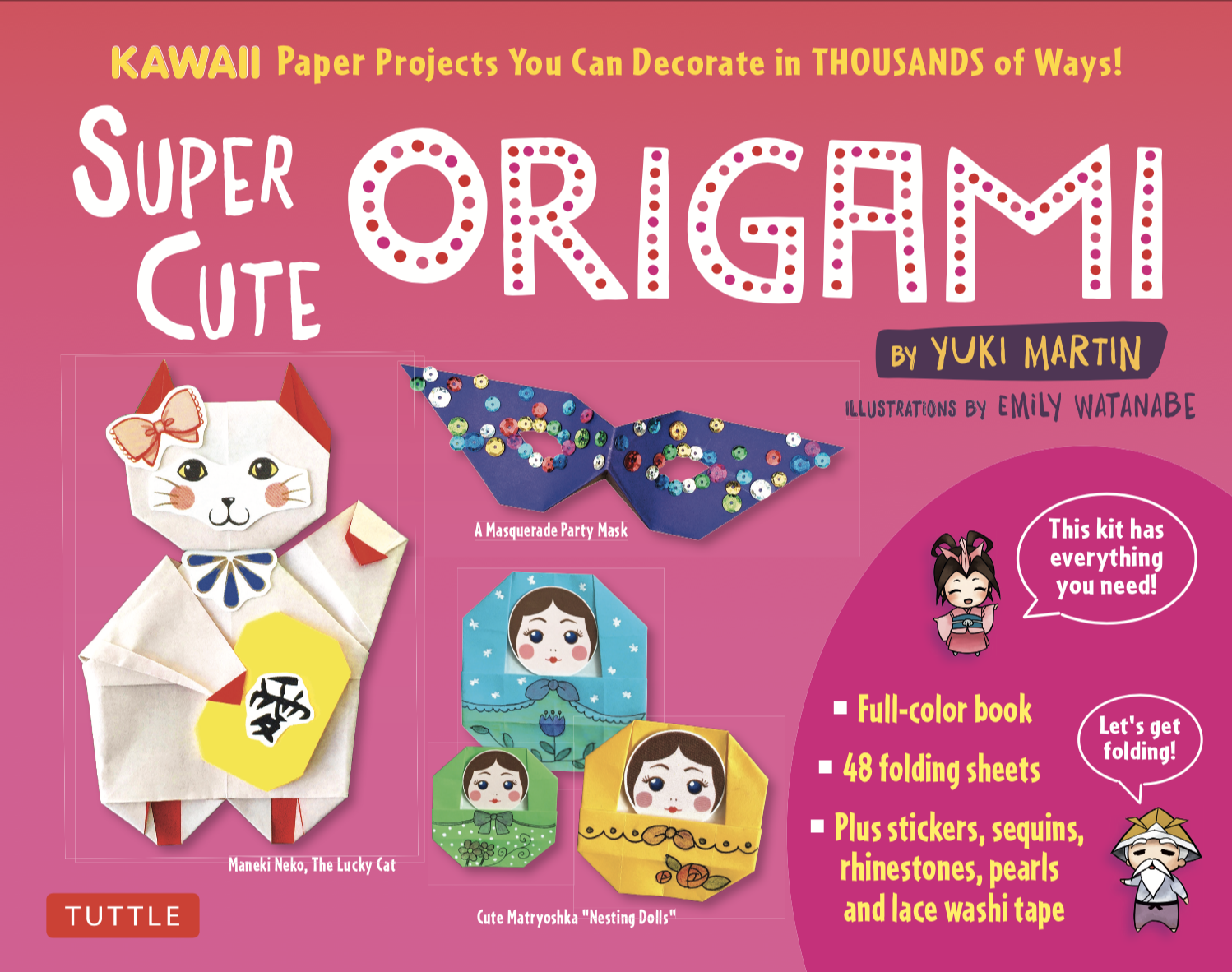You teach origami at so many different places in Portland. What’s the importance of being a teacher to you?
I would say that I was a teacher before I became an artist. I think the form that I practice is quite different from most other art forms in the sense that it’s a shared art. People come up with a model and then share the model by teaching other people, by diagramming or making a video or however, and we enjoy it together. Enjoy it by creating it or enjoy it by just looking at it, we enjoy it together. So to me, teaching and origami, just the practice of the form itself, kind of comes together because I enjoy sharing the art form with other people.
Tell us a little bit about your history with the IPRC.
Back when it was on Division, it was kind of in my neighborhood, so I sort of knew about the organization. Around the time of the presidential elections, I heard more about the IPRC, and there were some people doing amazing things to express themselves. And then after that election I felt like I wanted to do something to help the community so I started volunteering. Around that time I also started working on my publication. So, it just turned out to be a good thing, because I needed the space to work outside of home and was looking for a place like that anyways. A lot of distraction at home [laughs]. So it was nice to be able to find a space where I can just focus on my work.
And I also learned to diagram using Adobe Illustrator. Diagramming origami instructions is a very big part of my work now these days. I couldn’t use Illustrator before, but I took a workshop at the IPRC and also got tutored by some people here.
What do you hope your students learn from your teaching?
Lines and form. Kind of perspective but in a more alternate-reality It depends on what age group I’m teaching, but I hope that every student will learn that origami is fun and enjoyable. When I teach young children, I hope that they will learn to recognize different shapes and vocabularies, practice fine motor skills, and collaborate with others. When I teach seniors, I hope that it is a good exercise for their brains and hands to keep them sharp and in good shape. When I teach inmates, I hope that origami will teach them to be patient, relieve their stress and anxiety, and help pass time. Origami has tremendous benefits in so many ways, and can be enjoyed by everyone, anywhere, and anytime.
Practicing an art form so based on sharing and being involved with two origami groups and the IPRC, it seems community is really important to you.
Absolutely. In fact there is an origami convention that I am helping organize here in Portland for the first time September of this year, and it’s kind of a big deal because we’ve never had an origami convention in Portland ever before. And it is a large gathering, like 250 people or something, we’re expecting coming from all over the country and world. It’s pretty exciting that people in Portland will get to see that. Origami is going to get a lot of attention, and also Portland itself because more than half the people attending are coming from different parts of the country or world.
What inspires your origami?
There are many origami artists out there… I would say Akira Yoshizawa would be number one. He is considered to be the grandmaster of origami. I think all origami artists are inspired by him in some way. He was the one who came up with the universal diagramming system for origami, which is now standard worldwide, so virtually everyone who folds paper recognizes Yoshizawa’s way of origami notation. He elevated people’s understanding of origami not only by inventing this system, but also by coming up with thousands of new designs and traveling the world as a cultural ambassador from Japan, teaching and exhibiting origami. His artworks are exceptional; I was so moved and almost cried when I saw his self portrait in origami at his exhibition in Japan several years ago.
Are there any projects you’re working on right now?
I have a publication coming out later this year in April, it’s going to be an origami kit. I went with a publisher called Taro Publishing, instead of self publishing like a lot of people here do, but I got a lot of help from people here for that. I designed the kit specifically for children who not only enjoy origami and other crafts, but also are curious about other cultures. So that’s basically all children out there. Many of the projects use imagery from other countries, such as Japan, Russia, and India. I provide the cultural background and folding instructions for each model, as well as how to add embellishments after folding it, either by using included embellishments or drawing on it. It also features two fictional, manga style characters, illustrated by my former colleague, Emily Watanabe.
What do you like about the IPRC, and how would you like to see it grow?
I like that there are people who practice different forms of art and designs and crafts here, that I get to connect with other people like that. And I think it’s just going in the right direction. Since I started volunteering, there is more and more stuff, like Riso wasn’t there before, and I’m sure it keeps growing.
Yuki Martin is an origami artist and instructor originally from Japan. She teaches at many schools, camps, and libraries in Portland, and has done workshops at the Portland Japanese Garden, Portland Art Museum, Oregon Historical Society, and Oregon Zoo, among others. She is a member of the American national origami society, OrigamiUSA, attending their conventions and occasionally writing for their magazine, and is an avid member of the local origami group Portland Oregon Paper Shapers. Yuki also reviews origami books, and is currently working on creating her own, which is coming out in April. Her philosophy around origami is one filled with awe for the craft and the sense of community it creates, admiring how one piece of paper can be folded into infinite possibilities and how that act can be enjoyed by so many different people and ages. yukiorigami.com Instagram: @yukiorigami
Portrait photo by Jon Richardson, at the Portland Art Museum, 2018.
All other images are used by permission of the artist.
Interview by Ella Stewart.





